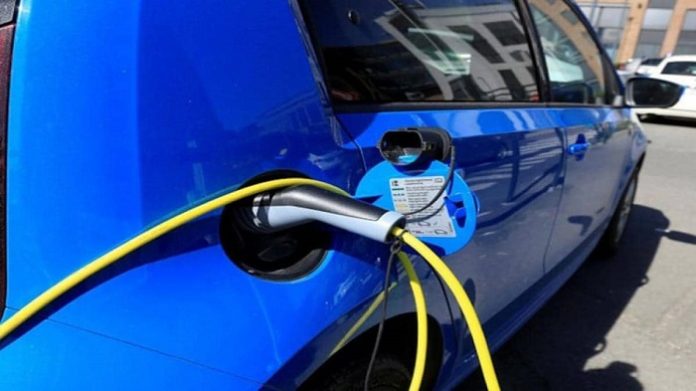The production-linked incentive (PLI) scheme could drive electric vehicle (EV) adoption once the current subsidy regime is exhausted, likely by FY24. EV penetration in India has been largely driven by subsidies, especially the Faster Adoption and Manufacturing of Hybrid and Electric Vehicle (FAME) scheme under the National Electric Mobility Mission Plan, and subsidies offered by states, according to a study by Crisil Research.
These sops have bridged the gap between the purchasing cost of a traditional, internal combustion engine (ICE) vehicle and that of an EV. From 60-65% of total outlay under FAME I, the incentives have risen to 85% under FAME II.
Over the past five fiscals, subsidies have accelerated EV sales rapidly (more than ~20% on-year growth in most segments), on a low base of fiscal 2017 and despite the pandemic. Adoption of electric two-wheelers has been strong — a trend that’s likely to continue — due to better cost economics, availability of multiple models, and feasibility of home-charging options, the study said.
India is the second-largest two-wheeler market in the world, with 20 million vehicles sold per year prior to the pandemic outbreak, and the momentum should hold in the coming years. Electric two-wheelers also have a better total cost of ownership (TCO) versus their ICE cousins on account of lower fuel cost and expected gradual decrease in battery prices.
The penetration of electric two-wheelers is expected to rise from 2% in FY21 to 10-15% by FY26 and 37-42% by FY31, with sales reaching three to four million units and 14-15 million units, respectively. Electric scooters are expected to comprise a majority of sales because of the availability of multiple models and lower TCO.
According to Crisil, owing to the FAME incentive, the total cost of acquisition (TCA) of electric scooters would be lower than that of ICE variants by `7,500-9,500 in FY22 and FY23.
“Given that sales are expected to spike over the next few years, we expect the FAME II subsidy to get over in fiscal 2023, as against the government deadline of a year later. That means, in fiscal 2025, electric scooters could become costlier by `45,000 compared with fiscal 2023 (`45,000 FAME subsidy and `10,000 registration incentive, even as economies of scale afford a reduction in vehicle prices),” Crisil said.
The TCA is also expected to increase by `18,000-20,000 between FY23 and FY25, considering a 25% down payment on the cost of the vehicle plus registration and insurance cost. This will make the TCA of electric scooters higher than that of ICE variants, which can potentially affect penetration, though this can be offset somewhat if electric two-wheeler makers share the benefits of PLI with customers.
The latest PLI scheme for EVs and hydrogen fuel cell vehicles can restrict any steep increase in TCA and keep it around ICE variant levels. As FAME II rides into the sunset, PLI could step in to support demand and subsequently push manufacturers to make investments in capacity building, it said.








